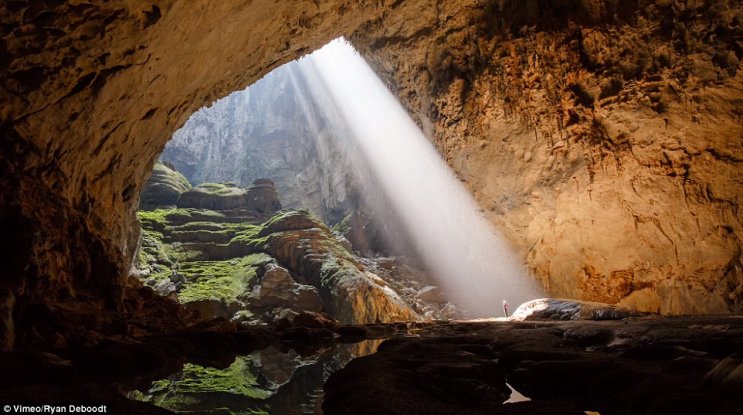

For Marina and Becca, it was a set of tiny hand bones. They had favorite bones: Hannah’s favorite was a lower jaw. Getting one bone out safely often required digging out three or four other bones with it. Like a game of Jenga, it was a struggle remove the top bone without disturbing the ones underneath. Many of the bones crisscrossed each other underground. They had to be careful - really, really careful - not to damage them. Sometimes they talked and sometimes they worked quietly, focusing on their fossils. Once inside, they used toothpicks and small paint brushes to remove dirt from the bones gently, grain by grain. Now there were three scientists working in the cave together.įor a month, Marina and five other scientists climbed in and out of the cave every day. Marina took off her shoes, so she wouldn’t crush the fossils with her feet. And scattered across the dirt floor were the bones. Tiny crystals sparkled across the walls, and stalactites hung from the ceiling like icicles.

Inside it was dark, warm and musty-smelling. On the ground again, she dangled her legs into the last hole. She turned her helmet sideways and wiggled her body through. One section was especially narrow, only 7 inches wide - that’s skinnier than a soccer ball. It was like climbing down the jaw of a supersized shark.
THE CAVE OF TIME CRACK
The toughest bit came at the end: a climb down a narrow crack with jaggedy bits of rock sticking out, like teeth.

She was scared, but she took a breath and then leapt across the gap, like a superhero. If Marina were to break an arm or a leg, a medical team would be required to live with her in the cave until it healed. Here’s the thing about injuries in a cave like this. At the very top was a three-foot gap, a deep black hole that looked bottomless and dropped down to nowhere. She grabbed a safety harness stored on a shelf of rock and pulled it on, clipped into a rope and scaled up the rock face, searching for footholds and handholds as she climbed. She emerged, headlamp first, and found herself face to face with the first difficult climb: a three-story rock cliff shaped like a dragon’s back, with spikes sticking out along its spine. Bats lived deep inside the cave, she knew, and she hoped they wouldn’t fly right smack into her. Marina was small enough that she could crawl through, but barely - her whole body filled the opening. That’s because most people only fit through with one arm stretched above their head and the other held tight against their body, like Superman flying. She dropped to her belly and shimmied through a dusty tunnel. A headlamp attached to her helmet lit the ground ahead, casting shadows. It was much darker now that the sun was gone. She walked down a path of loose gravel rocks and turned left into a narrow hallway. From deep inside the cave, they could begin to solve the mystery of these creatures. But to reach the bones, Marina and five other scientists had to make a long, dangerous journey underground. The bones belonged to strange creatures that lived a long time ago, before there were humans. Small bones and large bones, jawbones and ankle bones, finger bones and foot bones and skulls. She knew that deep inside the cave lay thousands of bones. Outside, it was the rainy season in this grassland part of South Africa, home to jackals and porcupines and cobra snakes and thorn trees. Marina stood at the mouth of the Rising Star cave and looked inside.


 0 kommentar(er)
0 kommentar(er)
